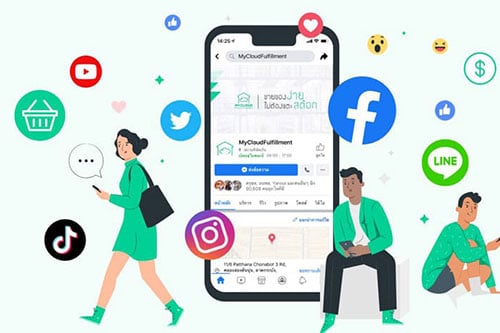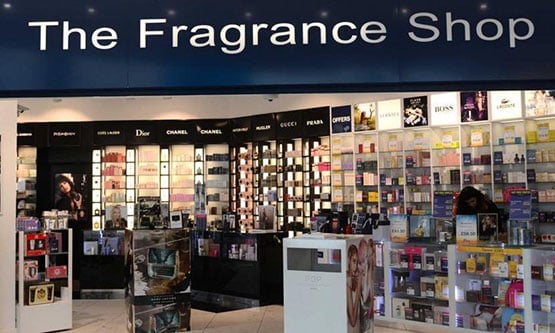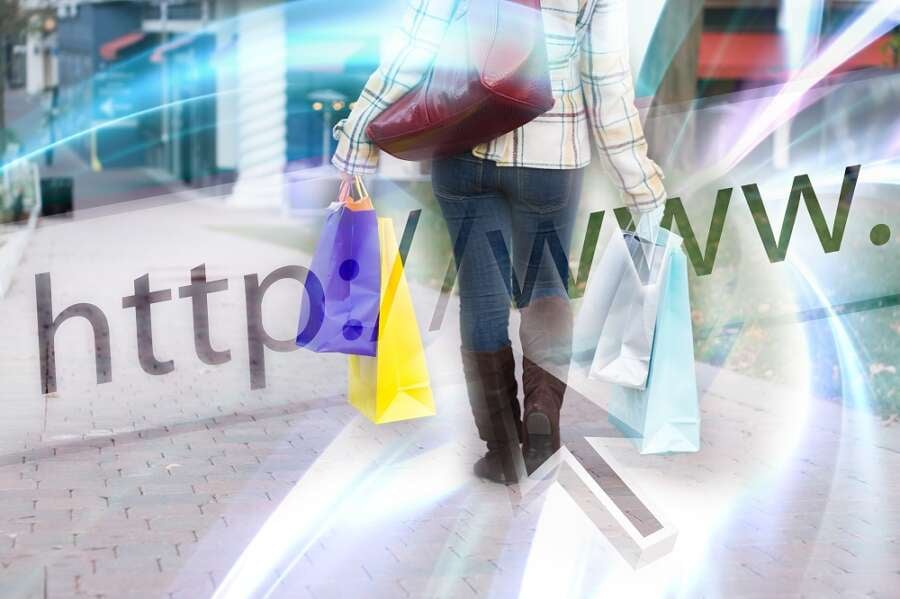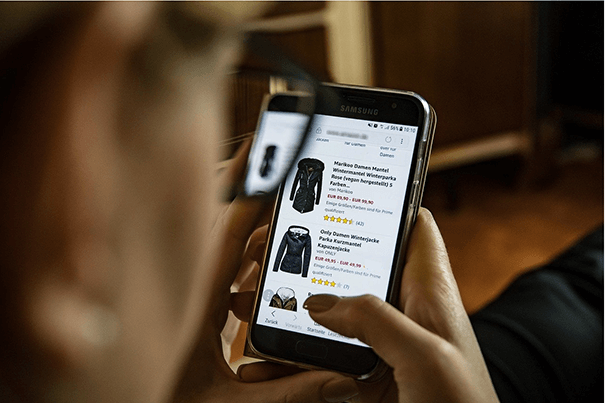Share this on
By Vikram Saxena, Founder and CEO of BetterCommerce
The way we shop has changed. Shoppers are hyperconnected, impatient and have multiple choices, with retailers struggling to keep up. This is not just a pandemic disruption either, this is an evolution of branding and online purchasing, putting the customer at the centre of everything that you do.
How can brands meet and appeal to customers at multiple touchpoints to ensure they can evolve and grow?
The era of hyperconnected shoppers
The evolution of the online marketplace has accelerated to keep up with the changing needs of consumers — they want more choice, quicker service delivery and an exceptional shopping experience — and these expectations will continue to grow. If retailers don’t keep up, they will see their customers jump ship.
In recent times, customers look elsewhere much sooner if their experience isn’t personalised, or they don’t have access to the shopping perks they want. Retailers should see this as an opportunity to capitalise on a mutually beneficial relationship. If customers have their expectations met, they will be more willing to share their data with companies to get even more personalised experiences in the future.
We can see this in action with an example from The Fragrance Shop, which released a tool called the Fragrance Match. The customer answers a set of questions about their fragrance preferences, and the tool creates a profile for them. Based on this profile the tool then suggests certain fragrances to help make their purchase decision easier.
The benefit of a tool like this is to help customers discover new products, or ones similar to their all-time favourites, without feeling overwhelmed by hundreds of choices. It also saves them time if they want to try them out in-store — armed with a list from their customer profile, they can pick out choices to test in an instant. By bringing together a new and exciting digital tool with the familiarity of visiting a physical store, brands can create rich omnichannel experiences.
Appealing to customers at every touchpoint
We are starting to see more evidence of channels merging to create a hybrid of digital and physical. For instance, take customers being able to connect virtually with staff on the shop floor. While video calls have become quite a common means of communication for business meetings and socialising, it’s a relatively new concept in the realm of customer service.
Now, customers can connect with retail staff through video to get tailored advice and have their questions answered instantly. It also gives agents the opportunity to introduce customers to products or services that they might not have known about otherwise.
As part of this transition to a hybrid shopping experience, where the digital and the physical mesh together, we will also see businesses offer more subscription services and memberships as part of their business models. Instead of buying a single fragrance once every six months for instance, with a subscription, you will have new ones delivered each month to your doorstep.
There is a great opportunity here for established (and often ‘traditional’) businesses with large, loyal customer bases and rich data banks that have been built up over many years of operation. They already know a lot about their customers’ preferences because they’ve gained their trust. They have deep insights into the kinds of perks their customer base will respond to — do they prefer discounts, free delivery, or membership points systems? Building on this wealth of data and insights, established brands are in a strong position to deliver excellent products and services at the right time, underpinned by excellent omnichannel experiences.
Evolving with a headless approach
There are numerous factors to consider when creating excellent experiences for customers — there’s personalisation, delivery, inventory, customer service, and more. All of which of course rely on data.
Traditional monolithic ecommerce platforms lack the necessary flexibility, scalability and agility, particularly when it comes to managing data. Without access to data at speed, it’s difficult to track the success of products, or monitor which promotions worked best to encourage conversion. Legacy technology that operates in silos also slows down businesses looking to respond to changing consumer demands.
Headless ecommerce gives companies the flexibility to use the best parts of one application and the best parts of another in a modular way, to create a ‘best of breed’ ecommerce stack. They can plug the specific business gaps or pain points much quicker, while minimising risk at the same time. Headless also allows omnichannel retailers to easily share data with key applications across all customer touchpoints. As e-commerce channels expand to include more touchpoints such as native apps, wearables and IOT devices, modern APIs allow these channels to work together seamlessly.
The future of ecommerce, as we see it
Although brick and mortar stores did take a backseat during the most trying times of the pandemic, they are still firmly a part of our future. What we will continue to see is the evolution and amalgamation of the online and offline into hybrid ecommerce. While we aren’t out of the woods with the pandemic just yet, it’s clear that to come out on top and thrive in this new landscape, companies will need to adopt a hybrid and omnichannel model to keep the hyperconnected shopper happy and loyal.










